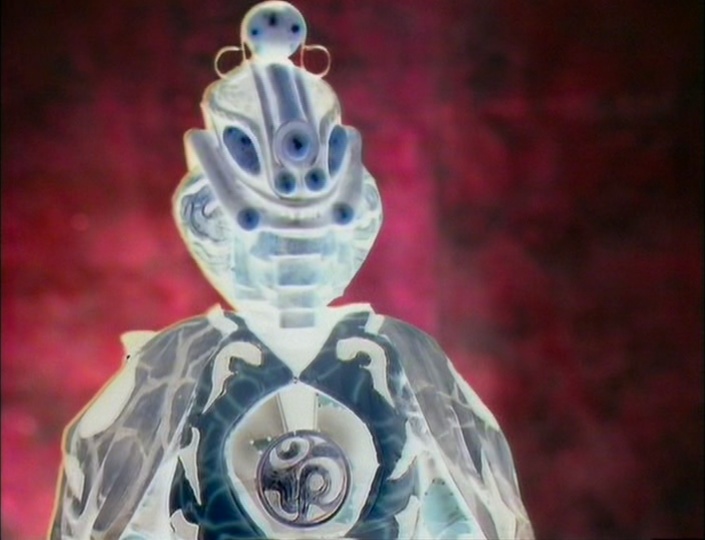After a soft launch at Winter Offensive 2023, Multi-Man Publishing‘s latest Historical Module for Advanced Squad Leader, Drop Zone: Sainte-Mère-Église, has begun making its way to eager pre-order customers.

Focusing on the 82nd Airborne Division’s efforts to secure a vital crossroads town to facilitate the breakout from Utah Beach after D-Day, Drop Zone: Sainte-Mère-Église, by designer Ken Dunn, takes gamers deep into the hedgerows of Normandy as the Americans confront the ramshackle defenses of the various German forces available to stem the inevitable tide. Coming in a thin 1.5″ deep box with cover art by Ken Smith, DZ: SME packs one countersheet, three 22″ x 30.5″ maps on nice semi-gloss paper (with combined dimensions of 22″ x 91.5″), eleven scenarios on cardstock, two chapter dividers on thick stock, and twenty-eight pages covering special rules and three campaign games.

A long paved road commands all three maps, tying them together north to south. The road pushes straight down the middle of all three maps lengthwise, cutting through open spaces lined with bocage and various small villages. With art by the inestimable Charlie Kibler and input from Sharon Boyd, the maps just scream, “Normandy,” giving a very clear example of the endless hedgerow-enclosed fields stacked one upon the next, each a potential strongpoint to be overcome. Should the map dimensions also seem too much to overcome, only one of the campaign games uses all three maps at once; another CG uses two maps, and one CG and one of the eleven scenarios pulls most of two maps into play. The remaining ten scenarios require only portions of a single map—though, at first glance, most of those defy easy map folding, so consider a 22″ x 30.5″ play area the minimum needed for use of DZ: SME.

A cursory glance through the scenarios and campaigns suggests that only the ASL Rulebook, Beyond Valor, and Yanks! are required to play all of the scenarios and campaigns in DZ:SME, but one will still need to confront that most confounding of foes: bocage. Not quite a wall, more than a hedge, and as tall as a building, this fearsome terrain type that takes up over two pages in the ASLRB dominates proceedings here.

Suffice it to say that the Ken Dunn scenarios on offer in DZ: SME make it worth your while to untangle the rules thicket and finally learn how to play bocage. Though notionally all fairly simple actions depicting elite American infantry, predominantly from the 505th Parachute Infantry Regiment of the 82nd, against mostly second-line (and lower) German defenders with a handful of guns and tanks, the special scenario rules elevate these scenario cards to rather intriguing affairs, including the option for “grenade barrages” in one and command confusion rules in another, to say nothing of the obligatory glider landing scenario. And, of course, the cows.

It’s likely that DZ: SME will become known as the “cow module” because of the included rules for nudging Normande as moving cover and, alas, as minefield clearance tools, the latter use not in play in the sole scenario here that utilzes them, but included for the same reason that the panji rules in Chapter G are four pages long, for completeness sake. The rules feature my new favorite sentence in ASL, “A MMC possessing a Cow receives an additional +1 Ambush drm (A11.4).” Three cow counters are on the included countersheet, and one can imagine the cow rules will feature in many future scenarios, given, as Ken points out in his designer’s notes, that animal casualties are a frequent, regrettable, and often overlooked, component of war.

The major new addition to the ASL countermix in DZ: SME is a new German squad type, a boxed second line unit with smoke grenade capability, both spray and assault fire underscores, and a short range, provided in squad and half-squad form representing well-trained but brittle late-war troops. Extra squads and vehicles for both sides pad out the existing counter supply for purposes of the Campaign Games, while Waco gliders adorned with black-and-white invasion stripes receive bespoke counters as well, a nice bit of visual chrome. Custom 82nd Airborne and German division control markers and a counter for the new “dual roadblock” round out the single countersheet. My copy shows razor sharp color registration and no bleed whatsoever, as has been typical of MMP products for a very long time now.
My tastes in ASL tend towards the esoteric, and I’d probably be happy playing nothing but Chinese vs. Japanese or Italian vs. Greek scenarios for the remainder of my gaming life, but there’s an undeniable appeal to Drop Zone: Sainte-Mère-Église. Ken Dunn has provided a focused look at a very specific moment of the invasion of Normandy, adding his usual, and quite welcome, flair, all put together with the standard Multi-Man Publishing polish and high quality Charlie Kibler maps. It is a worthwhile purchase and a solid addition to the ranks of Historical ASL modules. It’s easy to feel a bit sated and to take a publication like this for granted, given the amount of high quality Advanced Squad Leader content coming out these days, but had Drop Zone: Sainte-Mère-Église been published in the Avalon Hill days, it’s all gamers would have been talking about for a very long time.
(Cover detail artwork above by Ken Smith.)





























